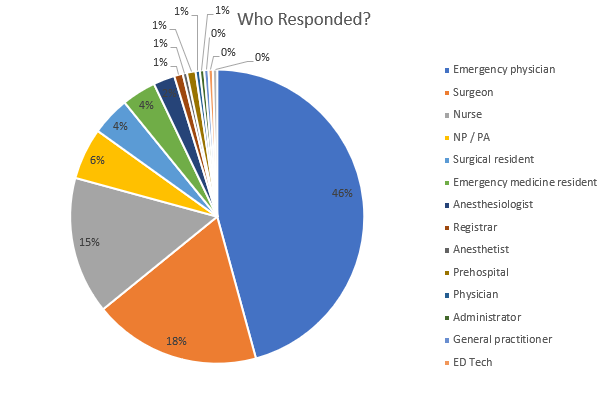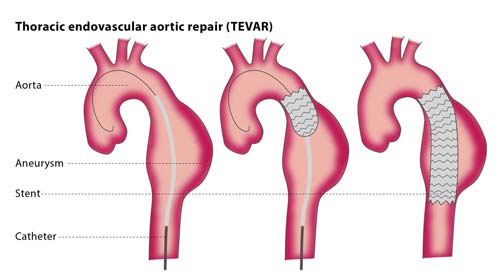Rib fractures are a common injury, and a very common cause of morbidity. Every time I admit an elderly patient with rib fractures, I debate whether they should go to the ICU or a ward bed. Could there be a more objective way of determining the likelihood of complications, aggressiveness of treatment, and admission unit?
A group at West Virginia University implemented a rib fracture pathway in 2009, and have been collecting data on patients ever since. It was based on the measurement of forced vital capacity (FVC) on admission. This is the total amount of air that can be exhaled during a forced breath.
The authors subdivided their patients into two groups based on the total volume exhaled (<1.5L, and >1.5L). They retrospectively reviewed 6 years of data, looking at specific injuries, complications, and unexpected transfer to ICU. They hypothesized that patients in the highest FVC group would have fewer complications.
Here are the factoids:
- There was a nearly even split in groups, with 678 patients who had FVC > 1.5L, and 682 with FVC < 1.5
- There were significantly fewer complications and pneumonia, as well as fewer readmissions in the FVC > 1.5 group
- Higher FVC was not associated with fewer unexpected transfers to ICU
- Length of stay was half as long (4d vs 8d) in the high FVC group, but no p value was provided
- The authors conclude that patients with FVC much greater than 1.5 are at lower risk for complications regardless of the number of fractures (???!)
- They even suggest that patients with FVC > 1.5 could be discharged from the ED rather than be admitted (!)
Bottom line: Well, it started out good! The abstract showed that the high FVC patients had fewer complications and readmissions. And the length of stay was shorter, although significance was not noted. But the jump to correlating complication risk with number of fractures was not addressed in the abstract. And I can’t quite grasp the leap to suggesting possible discharge from the ED.
FVC may be an inexpensive and simple test to administer in new rib fracture patients. But it’s ability to predict who goes to ICU and who goes home from the ED was not really identified in the study.
Questions and comments for the authors/presenters:
- A minor point, but the upper limit was defined as > 1.5L in some parts of the abstract, and > 1.5L in others. Small point, but keep it clean. Make sure all the greater than, less than, and equals signs are consistent.
- Was the shorter length of stay significantly different between the groups?
- Did you do any stratification by age?
- How did you make the conclusion that patients could be sent home from the ED?
- And did you do any correlations with your FVC data and the number of fractures? It’s not in the abstract.
Click here to go the the EAST 2017 page to see comments on other abstracts.
Related post:
Reference: Is an FVC of 1.5 adequate for predicting respiratory sufficiency in rib fractures? Paper #4, EAST 2017.




